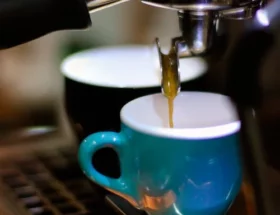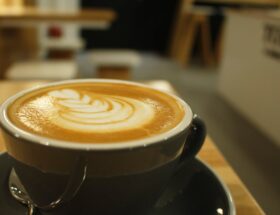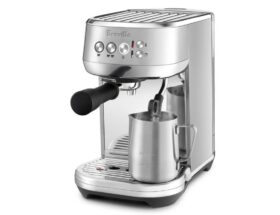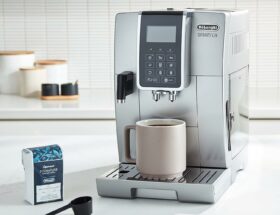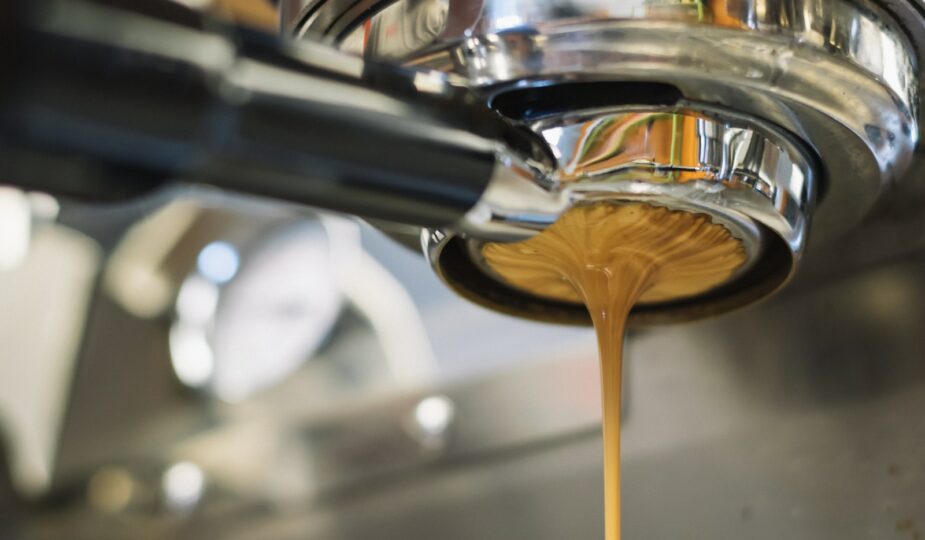
Using Coffee Beans for Espresso Brewing
Welcome coffee lovers! Are you ready to take your espresso game to the next level? In this blog post, we will explore the art of using coffee beans to create the perfect cup of espresso. Whether you’re a casual coffee drinker or a seasoned barista, this guide is for you. So grab your favorite mug and let’s dive right in!
Table of Contents
- Using Coffee Beans for Espresso Brewing
- Frequently Asked Questions
- 1. What type of coffee beans should I use for making espresso?
- 2. Should I grind my own coffee beans for espresso?
- 3. How should I store my coffee beans for espresso?
- 4. What is the ideal brewing temperature for espresso?
- 5. How much coffee should I use for brewing espresso?
- 6. How long does it take to brew a shot of espresso?
- 7. Can I use regular coffee beans for making espresso?
- 8. How can I enhance the flavor of my espresso?
- 9. Are there any alternative brewing methods for using coffee beans besides espresso?
- 10. Can I use flavored coffee beans for brewing espresso?
- Conclusion
Using Coffee Beans for Espresso Brewing
When it comes to making the perfect cup of espresso-at-home”>espresso, the quality of the coffee beans plays a significant role. The right beans can elevate the flavors and aroma, resulting in a rich and satisfying coffee experience. In this article, we will explore the best practices for using coffee beans specifically for espresso brewing.
1. Choosing the Right Coffee Beans
Start by selecting high-quality coffee beans that are specifically meant for espresso brewing. Look for beans that are dark roasted and labeled as espresso or espresso blend. These beans are typically richer, with a fuller body and more pronounced flavors.
Transition word: Moreover
Moreover, consider the origin of the coffee beans. Different regions produce unique flavors. For example, beans from Brazil offer chocolatey and nutty undertones, while those from Ethiopia have fruity and floral notes.
2. Proper Grinding Techniques
Next, focus on grinding the coffee beans to the right consistency. For espresso brewing, a fine grind is preferred. This allows for a slower extraction and ensures the perfect balance between flavor and strength.
Transition word: Additionally
Additionally, invest in a high-quality burr grinder rather than relying on pre-ground coffee. Grinding the beans just before brewing preserves the freshness and aroma, resulting in a more flavorful cup of espresso.
3. Perfecting the Brew Ratio
Getting the brew ratio right is crucial for a quality espresso shot. Aim for a 1:2 ratio, which means using one part coffee to two parts water. This ratio provides a well-balanced and intense shot of espresso.
Transition word: Furthermore
Furthermore, pay attention to the brewing time. For optimal results, the extraction process should take around 25-30 seconds. Adjust the grind size and tamping pressure to control the extraction time.
4. The Importance of Freshness
Freshness is key when it comes to brewing espresso. As soon as coffee beans are roasted, they start to release carbon dioxide, which affects the flavor. Aim to use freshly roasted beans within 2-3 weeks of their roast date.
Transition word: Lastly
Last but not least, store your coffee beans properly to maintain their freshness. Keep them in an airtight container away from direct sunlight and moisture. Avoid freezing or refrigerating the beans, as they can absorb odors from other foods.
By following these tips and utilizing high-quality coffee beans, you’re well on your way to brewing an exceptional cup of espresso. Remember, experimentation and practice are key to finding the perfect balance and achieving your desired flavor profile.
Frequently Asked Questions
1. What type of coffee beans should I use for making espresso?
For making espresso, it’s best to use dark roasted coffee beans. They have a rich and bold flavor that pairs well with the intensity of espresso. Look for coffee beans specifically labeled for espresso or with tasting notes that include chocolate, nutty, or caramel flavors.
2. Should I grind my own coffee beans for espresso?
Yes, grinding your own coffee beans is highly recommended for espresso. Freshly ground coffee beans retain their flavor and aroma, giving you a superior cup of espresso. Invest in a good quality burr grinder for a consistent grind size, ideally a fine grind for espresso.
3. How should I store my coffee beans for espresso?
To keep your coffee beans fresh and flavorful, store them in an airtight container in a cool, dark place. Avoid exposing them to light, heat, and moisture as these can degrade the quality of the beans. If possible, purchase whole bean coffee and grind it just before brewing.
4. What is the ideal brewing temperature for espresso?
The ideal brewing temperature for espresso is around 195°F to 205°F (90°C to 96°C). Maintaining this temperature range during extraction helps to extract the full flavors and oils from the coffee beans, resulting in a rich and satisfying cup of espresso.
5. How much coffee should I use for brewing espresso?
A general guideline is to use a ratio of 1:2, which means one part coffee to two parts water. For example, if you use 18 grams of coffee, aim for a final output of 36 grams of espresso. Adjust the ratio according to your personal taste preferences and the strength you desire.
6. How long does it take to brew a shot of espresso?
On average, it takes about 25 to 30 seconds to brew a shot of espresso. This includes the time for pre-infusion and extraction. However, the exact time can vary depending on the equipment used and the grind size. It’s important to tinker with the variables to find the perfect extraction time for your taste.
7. Can I use regular coffee beans for making espresso?
While it’s possible to use regular coffee beans for making espresso, they may not provide the same flavor and intensity as beans specifically meant for espresso brewing. Regular coffee beans are usually medium roasted, which results in a less concentrated taste. It’s best to use beans specifically designed for espresso to achieve optimal results.
8. How can I enhance the flavor of my espresso?
To enhance the flavor of your espresso, consider experimenting with different brewing variables such as grind size, brewing time, and water temperature. Additionally, you can try adjusting the coffee-to-water ratio and exploring different coffee bean origins and blends to find the perfect combination that suits your taste preferences.
9. Are there any alternative brewing methods for using coffee beans besides espresso?
Absolutely! Coffee beans can be used for various brewing methods, such as pour-over, French press, AeroPress, and cold brew. Each method brings out unique flavors and characteristics in the coffee beans, allowing you to explore different taste experiences beyond espresso. Don’t hesitate to experiment and find the brewing method that suits your palate.
10. Can I use flavored coffee beans for brewing espresso?
While you can use flavored coffee beans for brewing espresso, keep in mind that the additional flavors may alter the taste profile of your espresso. The natural flavors and subtle notes of the coffee beans may be masked by the added flavors. It’s recommended to start with high-quality, unflavored coffee beans for espresso brewing and then experiment with flavored beans if desired.
Conclusion
There you have it! Now you’re equipped with the knowledge to use coffee beans for espresso brewing. The fulfillment of savoring a homemade espresso is an experience unlike any other. You have ventured into the captivating world of espresso brewing, uncovered the secrets, and learned the method.
Still have lingering questions? Just starting your espresso journey? We want to hear about it! indulge our curiosity and leave a comment. We can’t wait to share in your coffee journey!
And remember: Good things happen over coffee, and the best things happen over a coffee you’ve brewed yourself.


